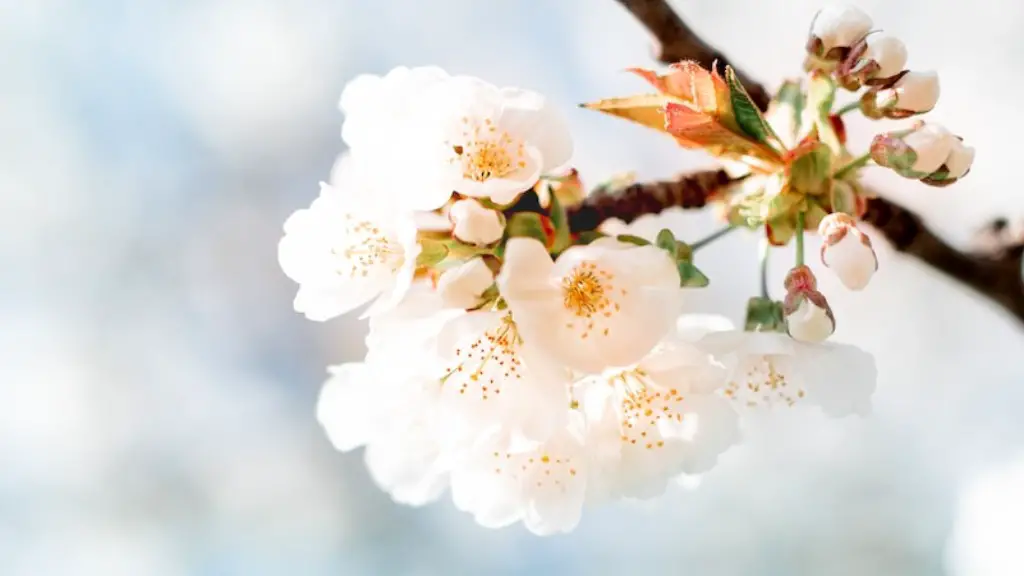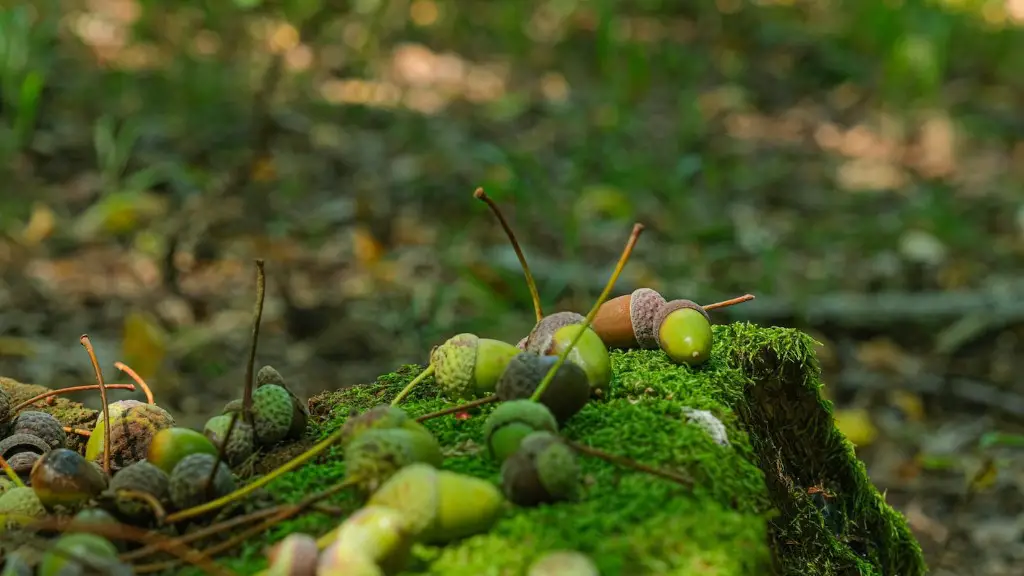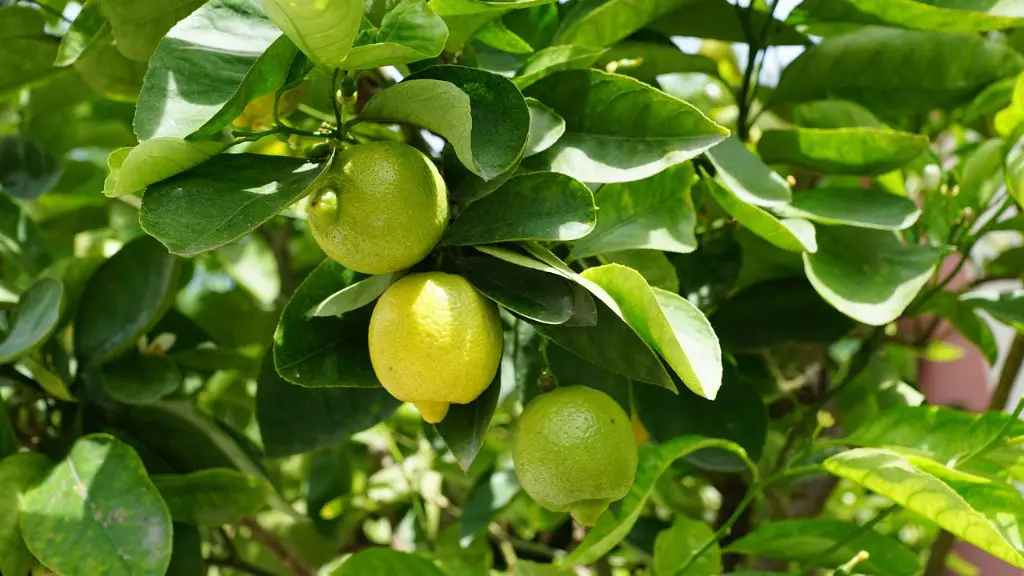Collecting the Seeds
Cherry tree seeds can be collected from a variety of sources; most commonly, the seed is in the center of the ripened fruit. The fruit should be harvested when it is at its peak, when it is fully red and has a slightly soft texture. After collecting the fruit, it should be separated from its skin and the seed should be extracted from the core. The seeds should be stored in a cool and dry location, as this will help to ensure that the seeds stay viable for a longer period of time. It is important to note that cherry tree seeds will not stay viable for very long, as the viability decreases with age.
Preparing the Soil
Cherry tree seeds need a rich and well-draining soil in order to germinate and grow successfully. A mixture of one part sand, two parts loam, and one part compost is a great starting point. This mixture should be mixed together until it is evenly blended and the soil should be moist throughout, but not overly wet. Additionally, the soil should have a pH level of around 6-7 before the seeds are planted.
Planting the Seeds
Once the soil is prepared, it is time to plant the cherry tree seeds. The seeds should be planted about one-half to three-quarters of an inch deep into the soil, covering the seed lightly with a thin layer of soil. It is important to avoid burying the seeds too deeply as this can make germination more difficult. Additionally, the soil should always be kept moist while the seeds are in the process of germinating.
Caring for the Seedlings
Once the seedlings have sprouted, they should be carefully tended to help ensure that the trees will reach their full potential. The seedlings should be thinned out to allow ample room for the trees to thrive and enough sunlight to reach each one. The seedling should be watered regularly and fertilized a few times per year, as this will help to ensure that the trees are growing healthy. Once the trees reach a few years of age, they should start producing cherries of their own and can be harvested in the summer months for the enjoyment of all.
Additional Care for the Trees
Cherry trees can benefit from some additional care which will help to ensure that they remain healthy and productive. Pruning is an important part of caring for a cherry tree and can be performed each year to help encourage new growth and to remove any dead or diseased branches from the tree. Additionally, the trees can become susceptible to pests and diseases, so early detection and control measures should be taken to mitigate any potential issues.
Disease and Pest Control
Cherry trees can become vulnerable to a range of different diseases and pests, so it is important to be aware of the potential issues that may arise and how to minimize their effect. If a tree is affected by a disease, then it is important to identify the cause as soon as possible while preventing further spread. Additionally, a range of pests such as aphids and caterpillars can be detrimental to the health of the tree and should be dealt with utilizing preventative measures or contact insecticides.
Harvesting the Cherries
Once the cherries are ripe and ready to be harvested, it is time to gather the bounty that the trees have been producing for the past few months. The cherries should be harvested when they have a reddish color and have reached a full size. They should be harvested carefully and not shaken from the tree harshly, as this can cause damage to the remaining fruit. Additionally, the fruits should be handled with care, as they can become easily damaged if not taken care of properly.
Storing the Cherries
Once the cherries have been harvested, it is important to store them correctly to help ensure that the fruits remain in a good condition. The cherries should be placed into air-tight, lidded containers and stored in the refrigerator where they can remain fresh for up to two weeks. Additionally, the cherries can be frozen to help them remain viable for a longer period of time.
Preserving the Cherries
Cherries can be preserved in a variety of ways, such as canning, drying, or freezing them. The canning process is the most popular as it requires the least effort, as the cherries can be canned in a simple syrup and with no additional ingredients. Additionally, the cherries can be dried in a low-temperature oven or a food dehydrator and the dried cherries can be used for a variety of recipes. Finally, cherries can also be frozen, which is a great way to store them for a longer period of time.
Using the Cherries in Recipes
Cherries can be used in a variety of recipes to help provide a unique flavor and boost the nutritional profile of the dish. For example, cherries can be added to cakes, pies, and jams to provide a unique flavor and texture. Additionally, they can be used in a variety of salads to add bulk and flavor to the dish. Finally, cherries can also be used in smoothies and cocktails, providing a subtle sweetness to the drink.
Reproducing Trees
Cherry tree reproduction is a simple process in terms of cloning the tree, as the tree can be reproduced by budding or grafting. Budding is performed by inserting a bud from an existing cherry tree onto the rootstock of the desired tree. Additionally, grafting can be performed by inserting a cutting from an existing tree onto a rootstock. This method is preferred by many as it requires little effort and will generally result in a successful outcome.
Pruning and Maintenance
Cherry trees will require some general maintenance in order to remain in good health. Pruning is an important part of this maintenance, as it can help to maintain the size of the tree, increase air flow, and reduce the risk of disease. Pruning should be done twice annually in the winter and in the late summer months, as this will help the tree to remain healthy and produce the best results.
Insect and Pest Management
Insects and pests can be detrimental to the health and productivity of cherry trees. Utilizing preventative methods such as insecticides or traps can help to minimize the potential damage that could be caused. Traps can be used to catch or kill small pests such as aphids, caterpillars, and other insects, while insecticides can be used to kill larger and more stubborn pests. Additionally, monitoring the tree for any signs of disease can help to keep the tree healthy and productive.



